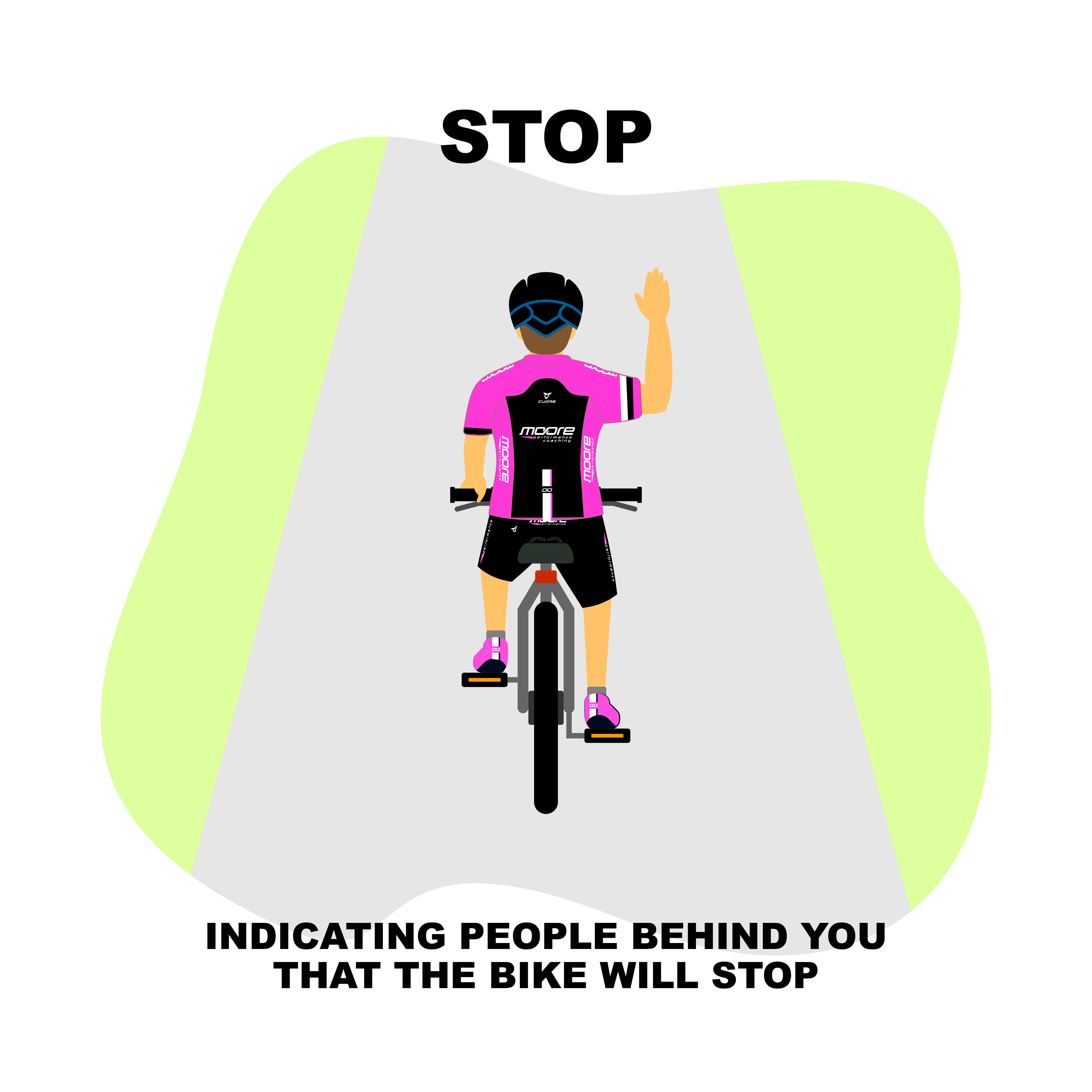By Emma Brown
A few weekends ago I went cycling with Moore performance as I regularly do on Saturday mornings, however on this morning I conquered a fear and I made it up ‘Tama Hill’ in record time – the sharp, steep hill that climbs out of McKenzies Bay, next to Tamarama Beach.
You might wonder how I got the strength to get up the hill in a PB time, did I practice hill repeats, train consistently, develop better cycling technique, spend more time in the gym or have a better diet? It was none of these reasons I did it by winning the battle with my unconscious mind.

Previously when I’ve tried this climb I’ve got panicky at the sharp steepness and hard feeling in my legs which once triggered an asthma attack. The last time I attempted the climb the roads were wet, I was scared I’d slip so I got off my bike and walked up.
The hill has quite a reputation, I was warned that an A-grade rider had descended too quickly and fell at the indent in the road and broke nearly all his ribs on one side. So that was it I associated that hill with danger.
The day after I walked up Tama Hill, for my job I attended a Staff Development Workshop with Corporate Edge, an organisation that specialises in behavioural change.
The presenter John Colbert explained that our subconscious mind is designed to protect us from pain so we avoid doing things without realising it, which can be the enemy of personal growth.
“99 per cent of our behaviour is driven by the unconscious part of our brain,” said John.
“This subconscious brain is the survival instinct it’s there to keep us alive and keep us safe, so things that we do without even realising it are coming from this part of the brain. However it doesn’t serve us when it holds us back from achieving things and making positive changes to our lives.”
He explained that to make positive changes you need to be proactive and let your behaviours be created by your conscious mind rather than retreating to the reactive subconscious.
He advised to think positively and ask yourself:
- What’s the upside?
- Why do you want to achieve this goal?
- Weigh up the risks and the likelihood of those risks occurring?
One of the workshop exercises was to list beliefs that you feel are stopping you from doing the things you want to do, the ‘but’ statements such as “I want to ride up that hill ‘but’ I’ll fall.” Then to identify alternative empowering beliefs, so to change the ‘but’ to an ‘and’.
So I said to myself as I was approaching the hill that Saturday morning, “I want to ride up that hill and I will, I can do it. I also keep telling myself it’s highly unlikely that I’ll fall it just won’t happen.”

Lucky I was riding next to a good friend as we started going up I was yelling out ‘I can do it, I can do it’ and guess what I made it and it was so much easier that I thought it would be.
The ride was a great example of what we talked about in the workshop about how your self-talk can really determine your behaviour and beliefs so by changing those thoughts to be more positive and conscious you can make positive changes.
Is there a training or race goal you really want to achieve like completing an Ironman or your first triathlon, but you just don’t have time? Does it feel like that goal’s a mountain too high to climb? Rather than your mountainous workload it could be your unconscious mind that’s holding you back.
As Sir Edmund Hillary said ‘it’s not the mountains we conquer, but ourselves’.
To find out more to apply this technique to your training and any goals check out: Whole New Mind: Why Right-Brainers Will Rule the Future by Daniel H. Pink and corporate-edge.com.au.




